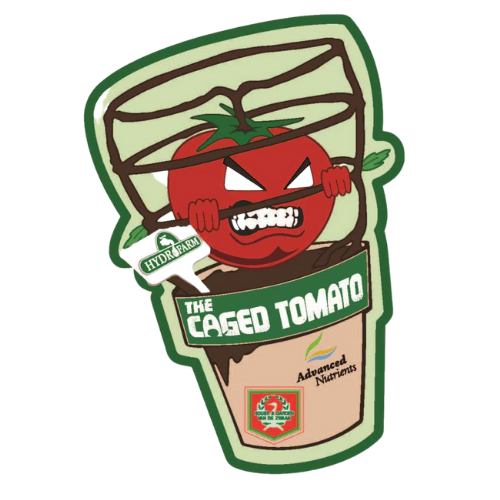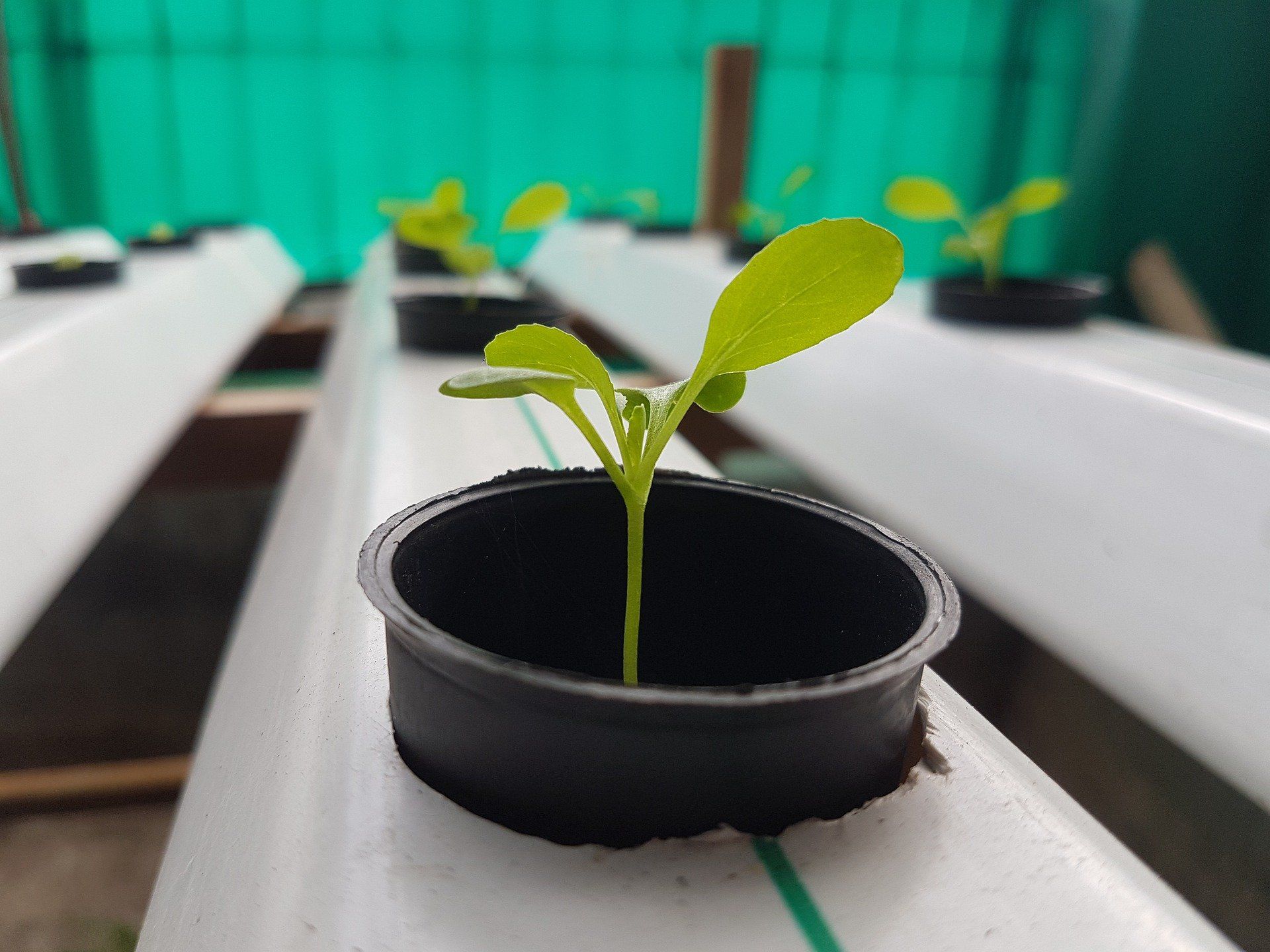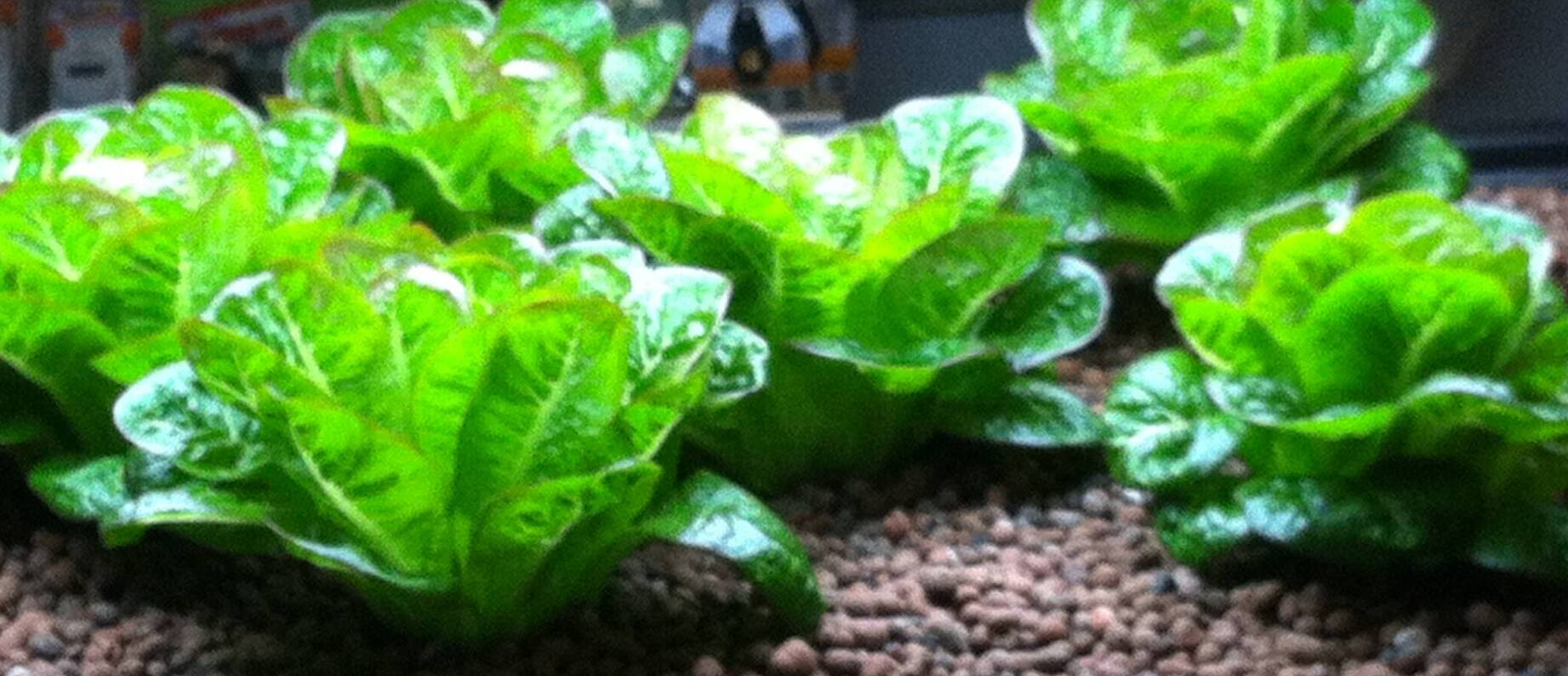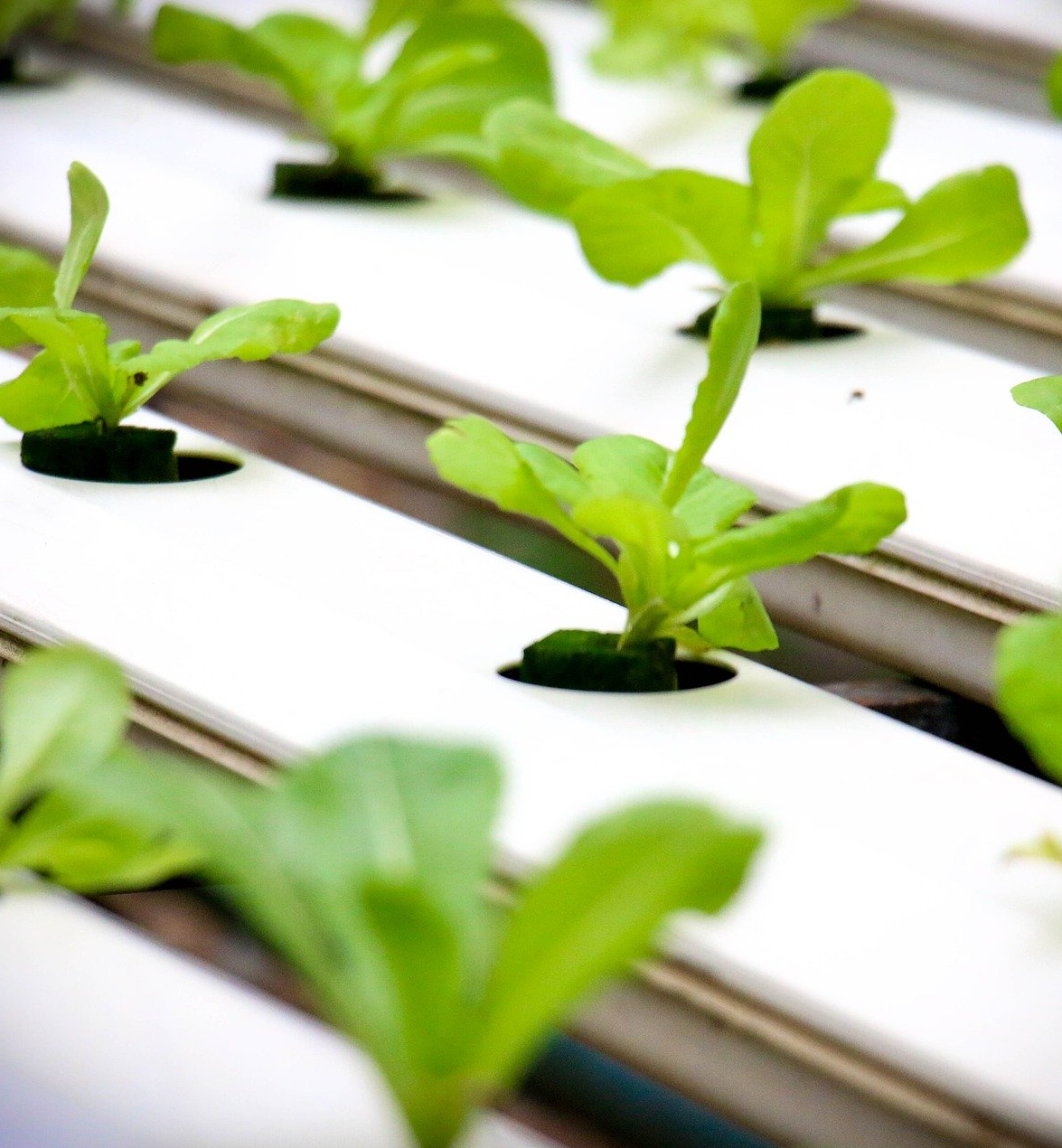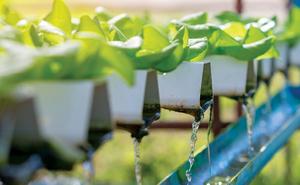FAQ
Frequently Asked Questions
Frequently Asked Questions
From Reservoir to nutrients for soil and hydro to CO2 and lighting we've got you covered
- How often should you change your reservoir?
Reservoirs should be emptied and the nutrient solution replaced at least every 5-7 days. People often use their EC/TDS meters to measure nutrient levels and top up their nutrient solution when levels get low. EC/TDS meters only measure overall salt levels, not the levels of specific nutrients. This means nutrients not completely used by your plants will begin to build up to potentially toxic levels. Emptying your reservoir and replacing your nutrient solution with a quality fertilizer is the only way to ensure nutrient levels are consistently in the ideal range for plant growth.
- Can you use the same nutrients for soil and hydro?
Nutrients that are used for hydroponics can be used for soil crops. Hydroponic nutrients are minerals which are instantly available to the plant not matter what the growing medium. On the other hand, not all soil nutrients can be used for hydroponics. Some chemical soil nutrients are slow release; this slow release is in adequate for the high performance of hydroponic systems. These types of nutrients also create sludge when mixed with water which can cause costly blockages in hydroponic systems. Organic nutrients which are also ideal for soil production are usually not ideal for hydroponic systems. These nutrients need micro-organisms and time to break down and become available to the plant.
- What is PPM?
PPM is very easily defined as Parts Per Million and can be used as the measurement of a number of different things. More commonly in the hydroponics world, this measurement is used to measure the amount of Total Dissolved Solids in your nutrient solution or how much CO2 is in your atmosphere.
- What is EC?
EC is a unit of measure to gauge the Electrical Conductivity of a solution. An EC meter applies an electrical voltage to the solution and reads the conductivity that is produced from the motion of mineral Ions.
- Can I take a cutting from a cutting?
Yes you can, although the best source is generally from where the cutting came from instead. The more you use cuttings, the less vigorous your plants will be generation after generation. So ideally you should only take a cutting from a source that has been grown from seed. In this manner, you can get the best from the original or “mother” plant and not experience the “genetic drift” that happens when you continually take cuttings from cutting.
- Does CO2 really make my plants grow bigger and faster?
The answer is absolutely yes. If your garden has adequate amounts of light and nutrients, but still is not growing to its full potential, then the addition of CO2 is certainly needed. Increasing the amount of CO2 from 300PPM to 1500PPM will create an increase of up to 30% in the speed and the size in which your plants grow.
However, the CO2 that is added must be contained, so a sealed room is best when introducing CO2, otherwise, it simply gets drained away from your plants.
- How do I add CO2 to my garden?
Adding CO2 helps promote the health of your garden. Adding CO2 generally requires a tank that is combined with a regulator system to properly distribute the CO2.
There are basically two methods of controlling the amount of CO2 that is injected into the garden, manual and electronic. The manual method utilizes a mathematic calculation to determine just how much CO2 needs to be injected. The electronic method measures the current levels of CO2 and adds what is needed to reach the ideal state.
Also, there are two basic devices that are used to pump CO2 into the ground, CO2 tanks, and CO2 burners. The tanks tend to be heavy and difficult to maneuver, however, the CO2 burners add more heat and humidity to your garden area, so selecting the right one will depend on how well you can control the conditions of your garden.
- How much light is required for my plants?
It will depend on the type of plants that you have. The plants that need the most light will generally use HID lights at high levels. Here is a breakdown of the type of light levels you will need depending on the plants that you have.
High Light Levels: Use a High-Pressure Sodium or Metal Halide Lamp in an open garden area.
- 4’ x 4’ Area (feet): 1000 watts
- 3’ x 3’ Area (feet): 600 watts
- 2.5’ x 2.5’ Area (feet): 400 watts
However, if your space is in a confined area, such as a grow tent, then you’ll want to step down the wattage of your lights by one level on the above chart.
Non-flowering types of plants can often grow well under a mere 20 to 45 watts per square foot of space. If you are using fluorescent lights for seedlings, cuttings, or plants that are still in the vegetative stage of growth, it is recommended that you use about half the HID wattage of light as indicated in the above chart. For example, a 4’ x 4’ area only needs 400 watts instead of 1000.
